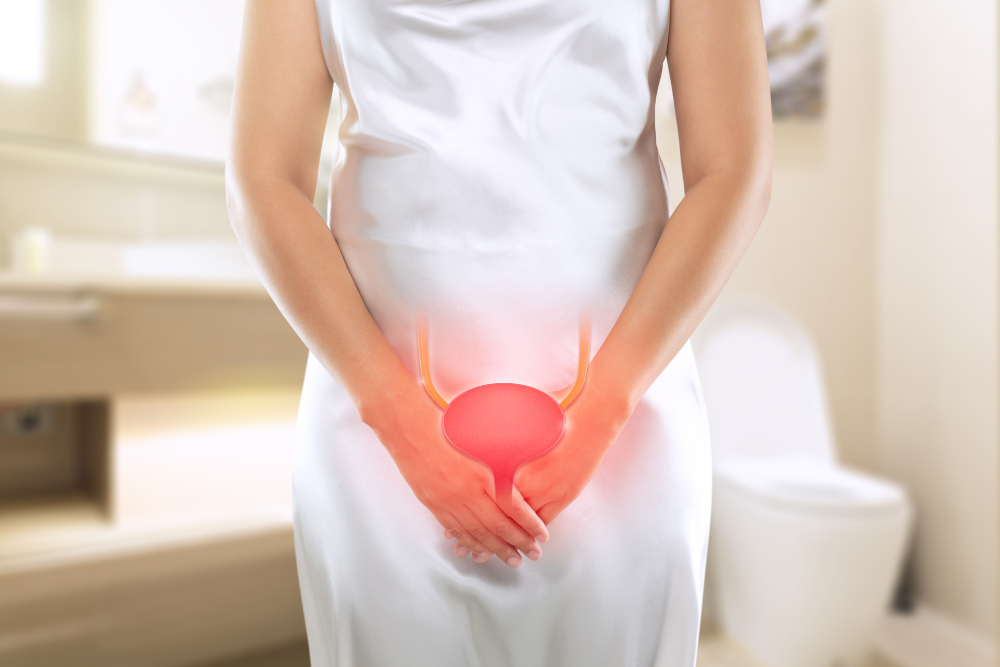
What is Painful Bladder Syndrome?
Painful Bladder Syndrome, also known as interstitial Cystitis, is a chronic condition that affects the urinary system. It is characterised by inflammation of the bladder wall and can cause varying degrees of pain and discomfort. This condition can also be referred to as interstitial cystitis or bladder pain syndrome, which are essentially the same thing.
However, the term “painful bladder syndrome” is often used to describe cases where there is no visible inflammation in the bladder.
Causes of Painful Bladder Syndrome
The exact cause of PBS is still unknown, but researchers believe that it could be due to damage to the bladder lining, autoimmune disorders, and nerve dysfunction. Certain factors can also contribute to the development of PBS such as:
A person with a family history of PBS may have a higher risk of developing the condition.
Hormonal fluctuations in women can also trigger symptoms of PBS, leading to speculation that estrogen plays a role in this condition.
Certain foods and drinks, stress, and infections can also exacerbate PBS symptoms.
Symptoms of Painful Bladder Syndrome
The most significant symptom is that of pain either in the lower abdomen, above the pubis, perineum, lower back, vulva & vagina in the women, associated with the filling and deflating of the bladder (in the absence of any infection).
- pelvic pain
- frequent and urgent urination
- discomfort during sexual intercourse
- blood in the urine
These symptoms can greatly impact a person’s daily life, affecting their work, relationships, and mental health.
Diagnosing of Painful Bladder Syndrome
Diagnosing PBS can be challenging as there is no specific test for it. A combination of tests may be necessary, including a physical exam, medical history review, and urine tests to rule out other conditions. It is essential to seek help from a healthcare professional familiar with PBS to accurately diagnose this condition.
Treatment Options for Painful Bladder Syndrome
Once a diagnosis is made, the treatment is multi-pronged; involving pain relief and control, re-establishing the GAG layer and controlling urinary symptoms, thus allowing a patient to reclaim their life back and improve their quality of life. Some patients complain of worsening PBS/IC symptoms upon consuming certain types of food (such as oranges, tomatoes and other acidic foodstuffs). A change in diet appears to significantly reduce unpleasant symptoms.
In certain cases, using Percutaneous Tibial Nerve Stimulation (PTNS) can help in very severe recalcitrant cases of PBS/IC. PTNS is a non-invasive and promising therapeutic option that involves the stimulation of the tibial nerve – located in the lower part of the leg near the ankle, using mild electrical impulses.
A fine needle is inserted near the tibial nerve and the impulses travel along the nerve to the spine, influencing the neural pathways associated with bladder function. These treatment sessions usually take only 30 minutes and are scheduled in a series.
How can I prevent bladder pain syndrome?
The exact cause of this condition is not fully understood, making it difficult to prevent. However, there are steps you can take to help manage and possibly prevent flare-ups.
Certain foods and beverages have been known to trigger bladder pain syndrome symptoms. These include spicy foods, caffeine, alcohol, and artificial sweeteners. Keeping a food diary can help you identify which foods may be causing your symptoms and avoid them in the future.
While it may seem counterintuitive to drink more water when you have bladder pain syndrome, staying hydrated is important for flushing out irritants in the bladder. It is recommended to drink at least 8 glasses of water a day.
Stress can worsen symptoms of bladder pain syndrome, so it is important to find ways to manage stress in your life. This can include exercise, meditation, deep breathing techniques, or talking to a therapist.
Smoking can irritate the bladder and worsen symptoms of bladder pain syndrome. If you are a smoker, quitting can not only improve your overall health but also help manage your condition.
Bladder training is a technique where you gradually increase the time between bathroom breaks to help train your bladder to hold more urine. This can be helpful for those with bladder pain syndrome, as it can decrease the frequency of bathroom trips and reduce discomfort.
Some supplements have shown promise in managing bladder pain syndrome symptoms. However, always consult with a healthcare professional before starting any new supplement regimen.
Disclaimer: The information provided in this article is for general purposes only and should not be considered as a substitute for medical advice. Always consult with your healthcare provider before making any changes to your current treatment plan or starting any new medications.

